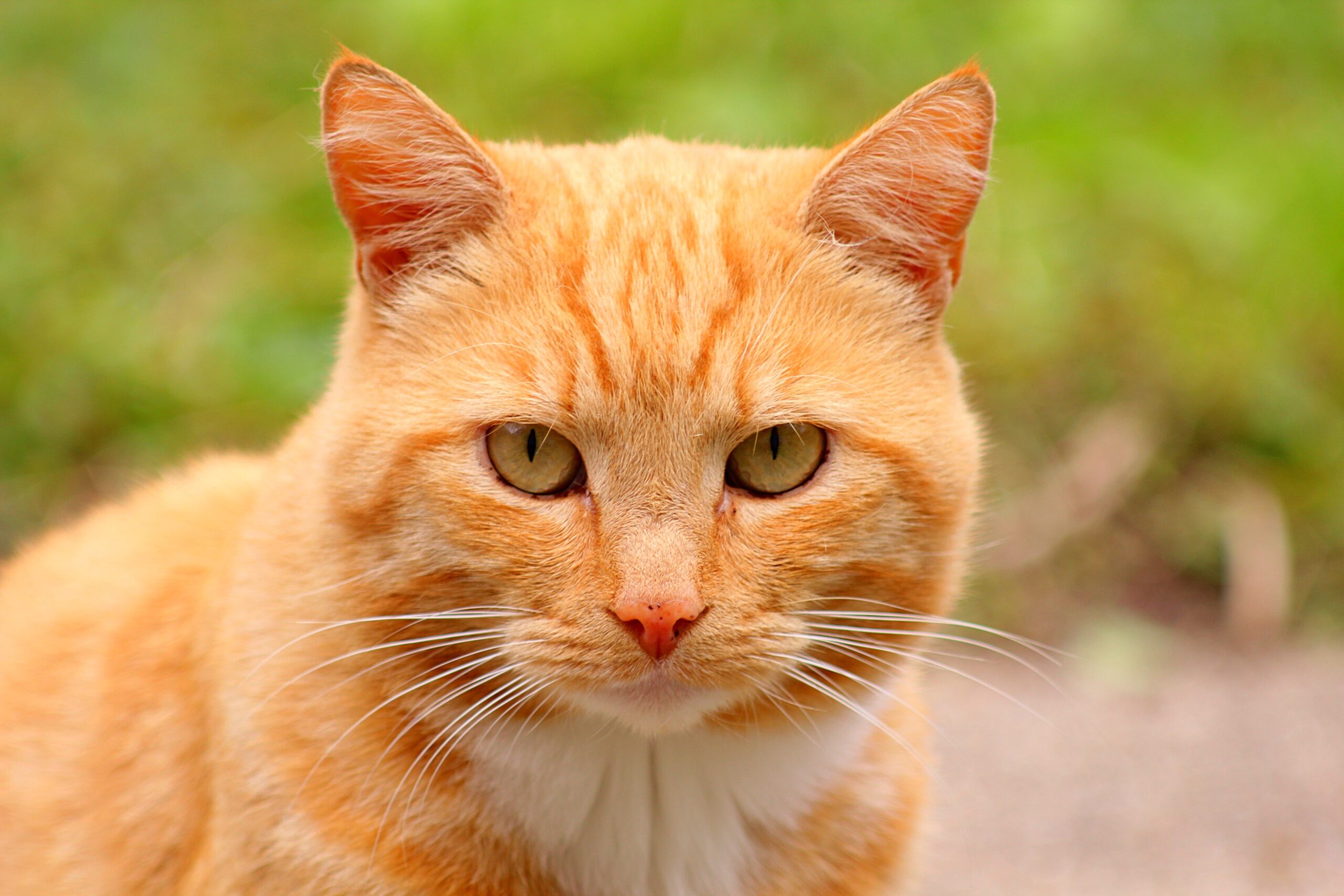Caring for your feline friend involves more than just cuddles and treats. Keeping your cat’s litter box clean is essential for their health and well-being. Wondering how to maintain a fresh and hygienic litter box? We’ve got you covered! Read on to discover expert tips on cleaning your cat’s litter box efficiently.
Ensure your cat’s comfort and health by regularly cleaning their litter box. Neglecting this task may lead to health risks and litter box aversion.
In this article, we’ll provide step-by-step guidance on how to clean your cat’s litter box properly. From choosing the right supplies to avoiding common mistakes, you’ll gain valuable insights to maintain a happy and odor-free environment for your beloved pet. Let’s dive into the world of cat litter box cleaning tips!
What are the Most Effective Ways to Clean a Litter Box?
A clean litter box is essential for your cat’s comfort and overall well-being. Proper maintenance not only prevents unwanted odors but also fosters a positive litter box experience for your furry friend. To ensure your cat’s litter box remains fresh and inviting, here are some highly effective methods for cleaning and upkeep:
Scoop Regularly and Daily
Consistent scooping is key to maintaining a hygienic litter box. Make it a habit to scoop your cat’s litter box at least once daily, removing clumps and solid waste promptly. Regular scooping not only keeps the box clean but also prevents your cat from avoiding it due to discomfort.
Thoroughly Clean and Disinfect
In addition to daily scooping, give the litter box a thorough cleaning at least once a week. Empty the litter, wash the box with mild soap and warm water, and ensure it is completely rinsed. Avoid using harsh chemicals, as these may deter your cat from using the box.
Choose the Right Litter
Selecting the right litter is crucial for easy maintenance. Consider your cat’s preferences and any potential allergies. Clumping litter is generally easier to clean, while natural and unscented options are often preferred by cats.
Replace the Litter Regularly
Even with regular cleaning, litter can lose its effectiveness over time, leading to unpleasant odors. Completely replace the litter once a month or as needed. Fresh litter provides a clean surface for your cat and encourages good litter box habits.
Control Odors Naturally
If you’re concerned about odors, opt for natural solutions. Sprinkle a thin layer of baking soda at the bottom of the litter box before adding fresh litter. Baking soda helps absorb and neutralize odors without any harsh chemicals.
Consider Using Litter Box Liners
Litter box liners can simplify cleaning and prevent litter from sticking to the box’s bottom. However, not all cats prefer them, so observe your cat’s response before committing to using liners.
Have a Backup Litter Box
For multi-cat households, providing multiple litter boxes is essential. Having an extra litter box not only reduces competition among cats but also ensures that each box receives sufficient cleaning and attention.
By following these highly effective cleaning methods, you can maintain a clean and inviting litter box for your feline friend, fostering a happy and harmonious environment in your home.
How often should I completely clean my cat’s litter box?
Keeping your cat’s litter box clean is crucial for their health and happiness. While daily scooping is essential, you should also perform a complete cleaning of the litter box at regular intervals to maintain a fresh and inviting environment for your feline companion.
The Weekly Deep Clean
Plan to completely clean your cat’s litter box at least once a week. Follow these steps for a thorough weekly deep clean:
- Choose the Right Time: Pick a time when your cat is less likely to use the litter box, as they may be curious or anxious about the process.
- Empty the Litter: Start by emptying all the used litter into a sealed bag for disposal.
- Wash with Mild Soap: Use a mild, unscented soap and warm water to clean the litter box thoroughly. Scrub all surfaces, including corners, to remove any residue.
- Rinse Thoroughly: Ensure there is no soap residue left in the box by rinsing it thoroughly with clean water.
- Towel Dry or Air Dry: Towel dry the litter box or let it air dry completely before adding fresh litter.
Consider Your Cat’s Preferences
In addition to the weekly deep clean, consider your cat’s litter box habits and preferences when determining the cleaning frequency. Some cats may be more sensitive to litter box cleanliness and may require more frequent cleanings, while others may be less finicky.
Multi-Cat Household Considerations
For households with multiple cats, it’s essential to have enough litter boxes to accommodate each feline resident. The rule of thumb is to provide one litter box per cat, plus one extra. With multiple cats, you may need to perform the weekly deep clean more often to ensure each litter box remains fresh.
How do you dispose of cat litter?
Properly disposing of cat litter is essential to prevent environmental contamination and potential health hazards. Here’s a step-by-step guide on safely handling and disposing of cat litter:
Use Biodegradable Bags
When scooping waste from the litter box, use biodegradable bags or dedicated waste bags. These bags are designed to break down naturally over time, reducing the environmental impact.
Regular Trash Bins
Dispose of the double-bagged waste in your regular trash bin. Avoid disposing of cat litter waste in recycling bins or compost, as it may not be suitable for these waste streams.
Avoid Flushing Cat Litter
Never flush cat litter down the toilet. Cat feces may contain harmful parasites that can survive wastewater treatment processes and contaminate water sources.
Natural Disposal for Biodegradable Litter
If you use biodegradable litter made from natural materials like wood or corn, consider burying the waste in your backyard or garden. Make sure to follow local regulations and avoid areas with food crops.
Using Pet-Waste Disposal Systems
Consider using pet-waste disposal systems designed specifically for cat litter. These systems often use special bags and containers for safe and convenient disposal.
Outdoor Composting (for some litters)
Some biodegradable litters are suitable for outdoor composting. Check the product’s packaging or the manufacturer’s guidelines to see if your litter is compostable.
Avoid Open Trash Cans
If you dispose of cat litter in an outdoor trash can, ensure it has a secure lid. This prevents wildlife from accessing the litter and potentially spreading harmful parasites.
Properly disposing of cat litter is essential for environmental and public health. By using biodegradable bags, double-bagging waste, and selecting the right disposal methods, you can minimize the impact of cat litter on the environment while keeping your home clean and odor-free.
Conclusion
Congratulations, fellow cat lovers! You’ve now become savvy litter box cleaning pros, equipped with the knowledge to keep your feline friend’s potty palace fresh and inviting. Remember, a clean litter box is not just a box of sand; it’s a cat’s personal spa retreat!
By scooping daily and giving that litter box a weekly spa day with some mild soap and warm water, you’ll conquer those funky odors like a champ. And don’t forget the double-bagging technique – it’s like a superhero cape for waste disposal!
Keeping your whiskered companion’s litter box pristine isn’t just about preventing funky smells. It’s also the key to a happy cat and a harmonious home. With a clean and cozy litter box, you’ll ensure your fur baby feels comfortable and secure.
So, let’s raise a paw and make a pact to maintain clean litter boxes for our feline rulers. They grace us with their charm and purrs, and in return, we provide them with the cleanest throne in the kingdom.
Remember, when in doubt, scoop it out! Happy cleaning, cat owners! Your cats will be forever grateful for your litter box dedication, and your home will be a purr-fectly pleasant place to be!
Frequently Asked Questions
Do cats care if their litter box is clean?
Absolutely! Cats are particular about their litter box hygiene. A clean box ensures their comfort and encourages regular use, while a dirty litter box may lead to aversion and inappropriate elimination.
Should you scoop cat litter every day?
Regular daily scooping is crucial to maintain a fresh and odor-free litter box. By removing waste and clumps daily, you provide a clean environment, keeping your cat happy and encouraging proper litter box habits.
What is the most sustainable way to dispose of cat litter?
For an eco-friendly approach, consider burying biodegradable litter in your backyard. This sustainable method allows the litter to naturally break down without adding to landfill waste or harming the environment.
How often should I completely clean my cat’s litter box?
To maintain a hygienic and inviting litter box, perform a weekly deep clean. Empty the litters, wash the box with mild soap and warm water, and ensure it is thoroughly dried before adding fresh litter.
Should you put cat litter in the toilet?
Avoid flushing cat litter down the toilet as it can cause plumbing issues and contaminate water sources. Flushing cat waste may introduce harmful parasites into the water supply, posing risks to human and environmental health.

